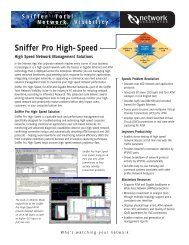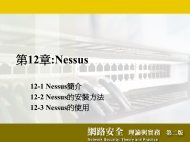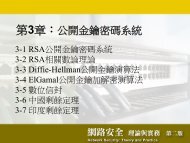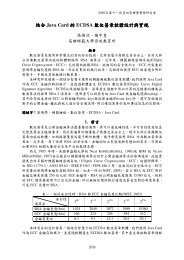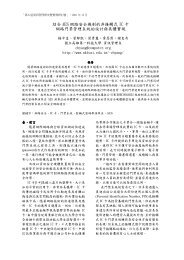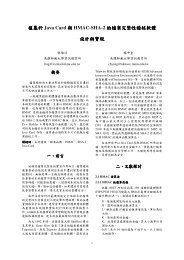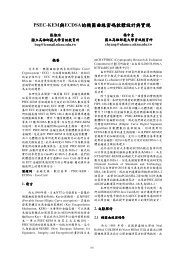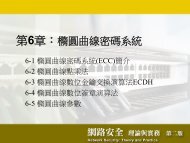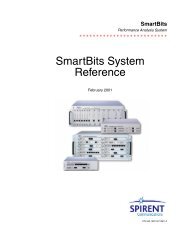aryabhata remainder theorem: relevance to public-key crypto ...
aryabhata remainder theorem: relevance to public-key crypto ...
aryabhata remainder theorem: relevance to public-key crypto ...
Create successful ePaper yourself
Turn your PDF publications into a flip-book with our unique Google optimized e-Paper software.
4 RAO AND YANG<br />
i qi Si<br />
1 2 16<br />
2 3 7<br />
3 1 2<br />
4 1 1<br />
5 – 1<br />
We compute the Si’s from the bot<strong>to</strong>m up.<br />
S3 = q3 · S4 + S5 = 1 · 1 + 1 = 2<br />
S2 = q2 · S3 + S4 = 3 · 2 + 1 = 7<br />
S1 = q1 · S2 + S3 = 2 · 7 + 2 = 16<br />
We note the number of quotients n = 4, and gcd (137, 60) = d = 1. We give<br />
the answer <strong>to</strong> equation (3) as 137 · S2 + (−1) n d = 60 · S1. Thus, we have<br />
137 · 7 + 1 = 60 · 16. To solve equation (1), we multiply the solution for equation<br />
(3) by 10 <strong>to</strong> get 137 · 70 + 10 = 60 · 160. By taking out 137 · 60 from both sides,<br />
we get the simple solution 137 · 10 + 10 = 60 · 23.<br />
Improved IAA for solving a · x + d = b · y<br />
INPUT: a and b are positive integers and d = gcd(a, b)<br />
1. i ← 1, r−1 = a, r0 = b<br />
2. while (ri ← ri−2 mod ri−1 = 0) do the following:<br />
qi ← quotient(ri−2/ri−1)<br />
i ← i + 1<br />
3. n ← i − 1, Sn+1 = 1, Sn = qn<br />
4. For i from n − 2 down <strong>to</strong> 1 do the following:<br />
Si = qi · Si+1 + Si+2<br />
OUTPUT: x =[(−1) n · S2] mod b, y =[(−1) n · S1] mod a<br />
Definition 1. We define the value for S1 <strong>to</strong> be optimal if 0 < S1 < a, and S2 <strong>to</strong><br />
be optimal if 0 < S2 < b. Any solution <strong>to</strong> a · x + c = b · y is said <strong>to</strong> be optimal<br />
if 0 < x < b or 0 < y < a.<br />
Remark. Lemma 1, given later, shows that the IAA obtains optimal values for<br />
S1 and S2.<br />
The <strong>relevance</strong> of the solution 137·7+1 = 60·16 for us is that 137 −1 mod 60 =<br />
−7 mod 60 = 53 and 60 −1 mod 137 = 16. Thus, we get both inverses, a −1 mod b<br />
and b −1 mod a, by this method. Also, these lead us <strong>to</strong> the solution <strong>to</strong> the problem<br />
of two residues, as shown in Section 2.<br />
The theory behind the results of the preceding two examples can be put in the<br />
form of two lemmas and a <strong>theorem</strong> as follows.



